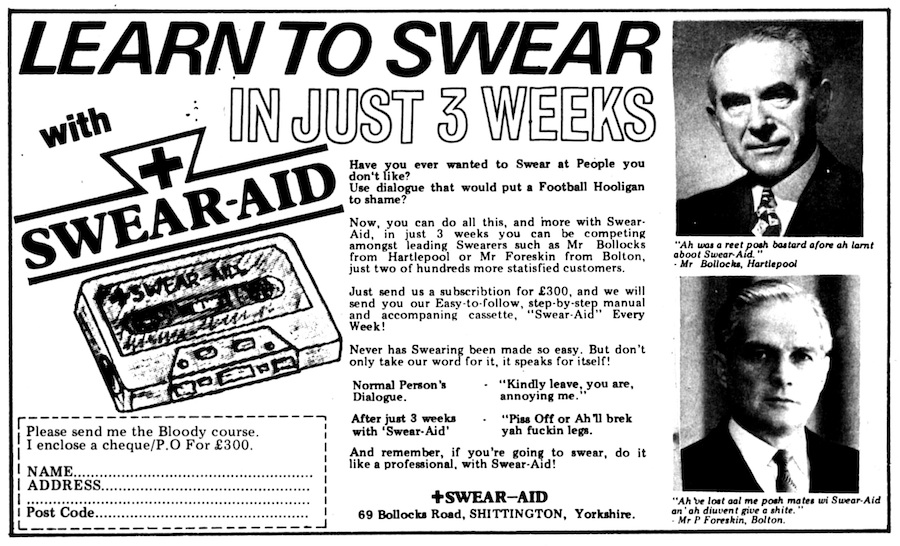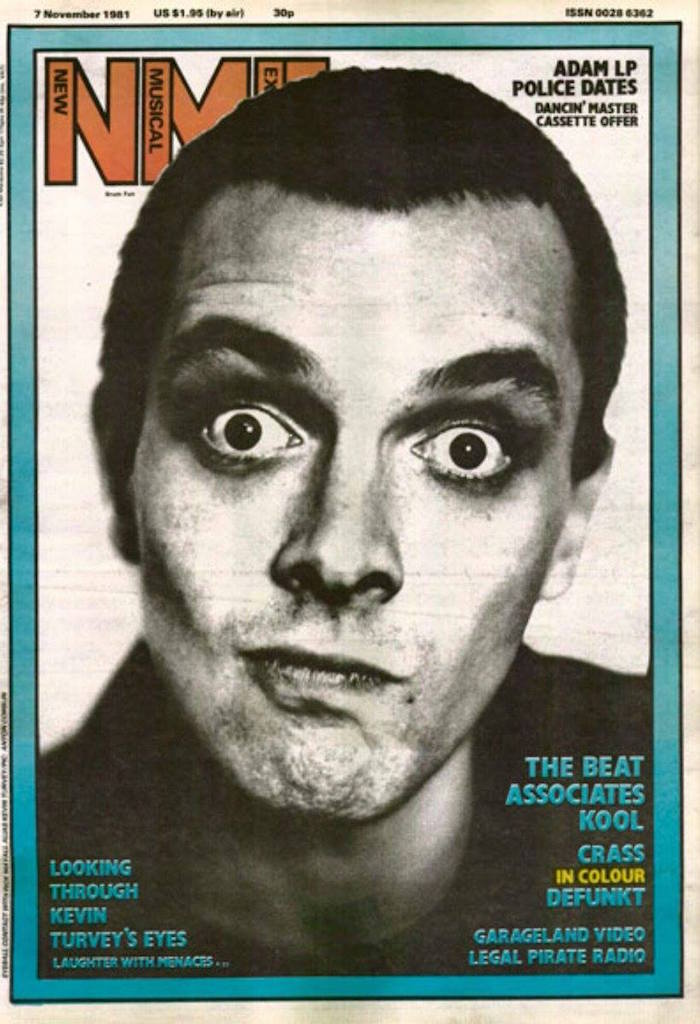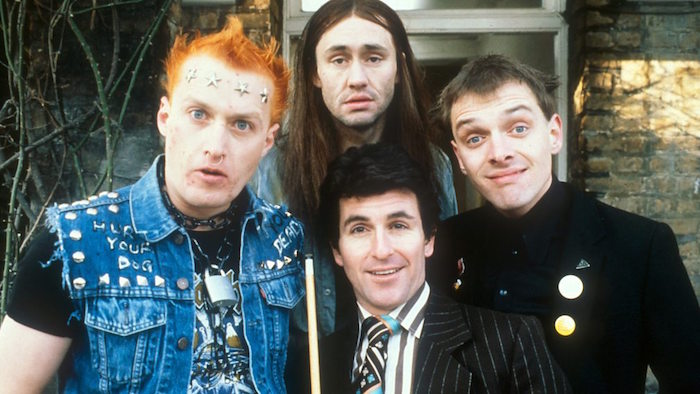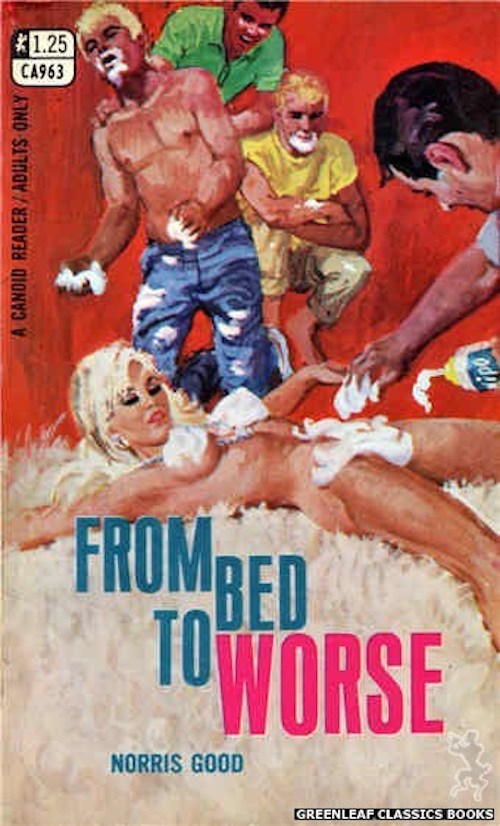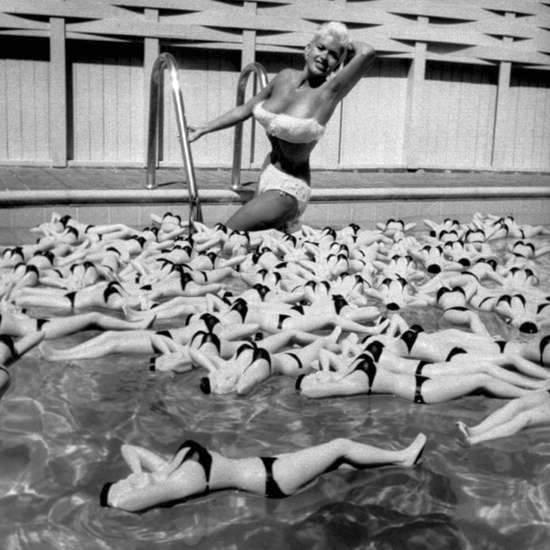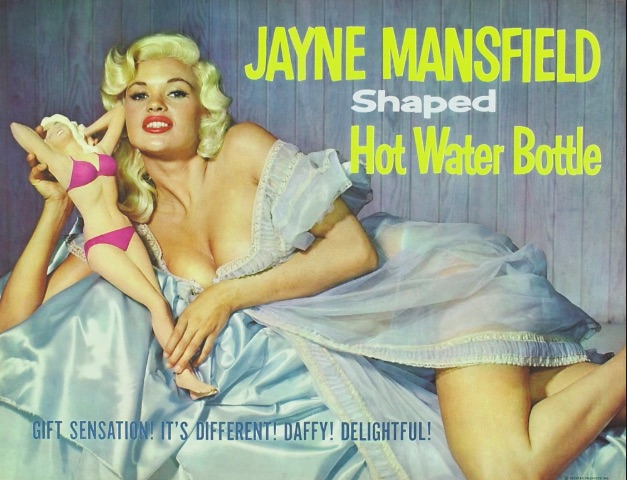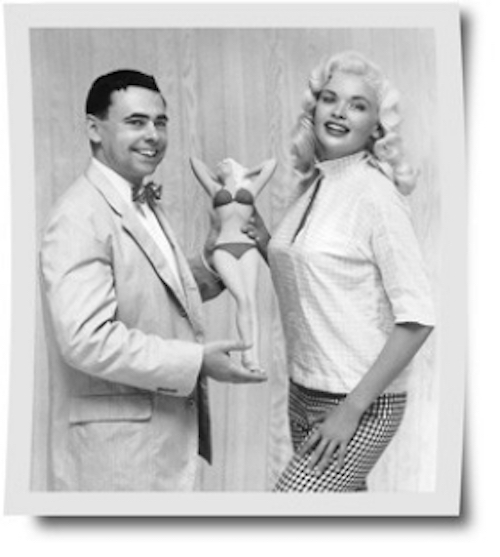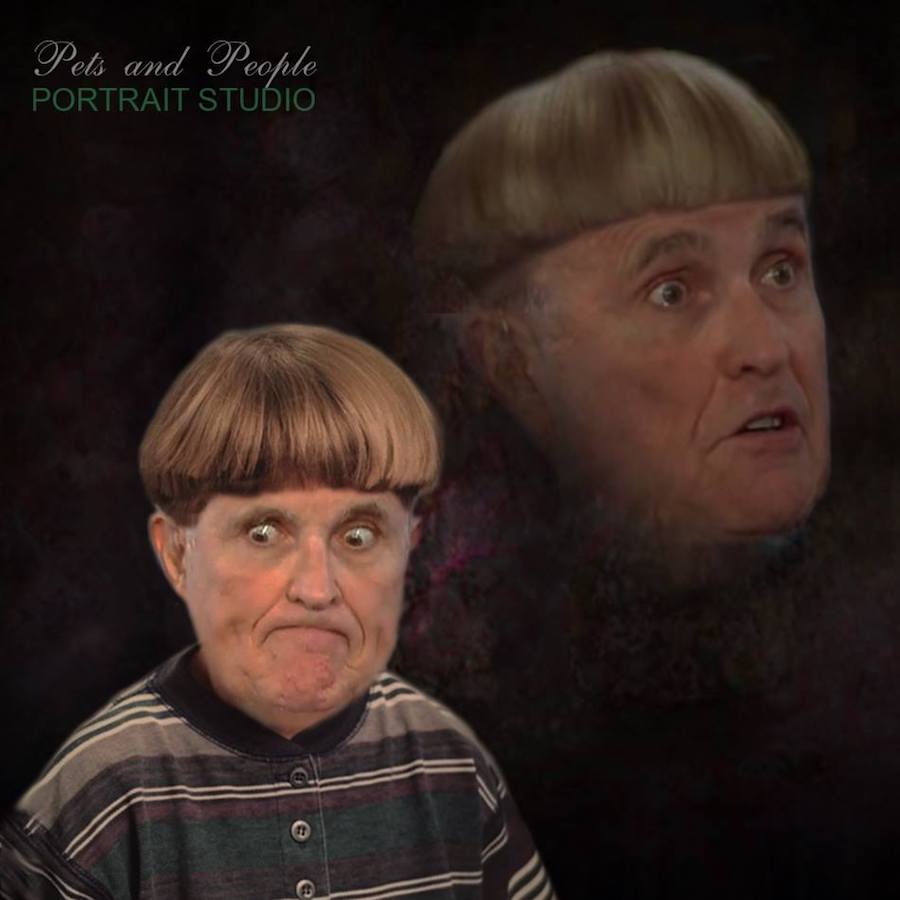
Marilyn Monroe after a swim in the sea.
Since the 18th-century, doctors have prescribed a trip to the beach or seaside and bathing in (or even drinking) seawater as a restorative cure for good health. This was at first mainly something the wealthier classes only could afford but when Niels Ryberg Finsen won the Nobel Prize in 1903 for pointing out that the sun’s rays (or “radiation”) could help treat lupus vulgaris and rickets, the general public started taking a greater interest in sunbathing and even in sun worship.
Spool forward a few years to 1911, when William Tyler Olcott wrote a popular book Sun Lore of All Ages which told a brief history of sun-worship explaining it had long existed but had become unfashionable, or rather suppressed, with the rise of religion. This idea of sun worship and sunbathing as a valid ancient culture became more important after the end First World War when there was a massive rise in holidays and rest cures at the seaside.
This all became tied-in with the fashionable ideas of youth, vigor, vitality, etc, etc, which a few years later would become utterly warped by the Germans under Adolf Hitler’s National Socialists which promoted a mythical belief in racial purity not appreciating they were in fact the offspring of sex with a monkey’s butt. Still, the Nazis aside, holidaying on the beach and mucking about on the water never lost its appeal because of the strong belief that the sun is good for you (which it is—in moderation) and the seaside revitalizes the body (which according to scientists it does, something to do with the sound of the sea’s waves altering the rhythms of your brain). Moreover, when getting a tan became the in-thing, sometime around the 1920s, no one wanted to be pale and interesting anymore as it signified being of a lower class—the inverse of what it once had been. This didn’t really catch-on until after World War II, sometime during the 1950s and 1960s, when suddenly everyone wanted to catch a few rays.
Celebrities always use the beach as a place to show off their beauty, their latest look, or to promote a new record or film. For many a youngster catching snaps in supermarket mags was once the only way they would get a glimpse of some famous hotshot movie star without their clothes on. The following is a selection of some of our more iconic stars showing off whatever they’ve got to offer on the beach.
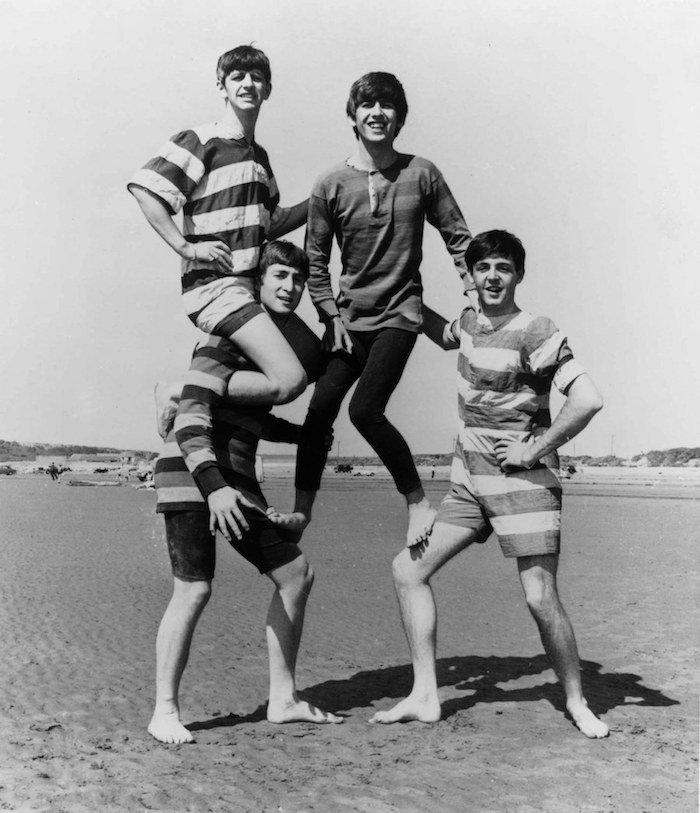
The Beatles never missed a photo opportunity.
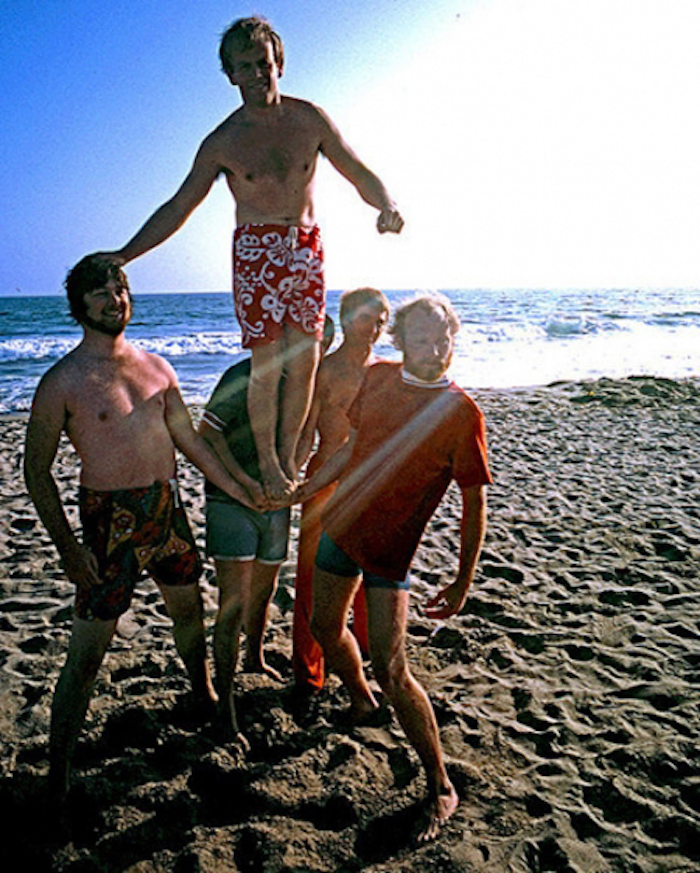
Surf’s up for The Beach Boys.

Madonna strikes a pose but it’s hardly beachwear.
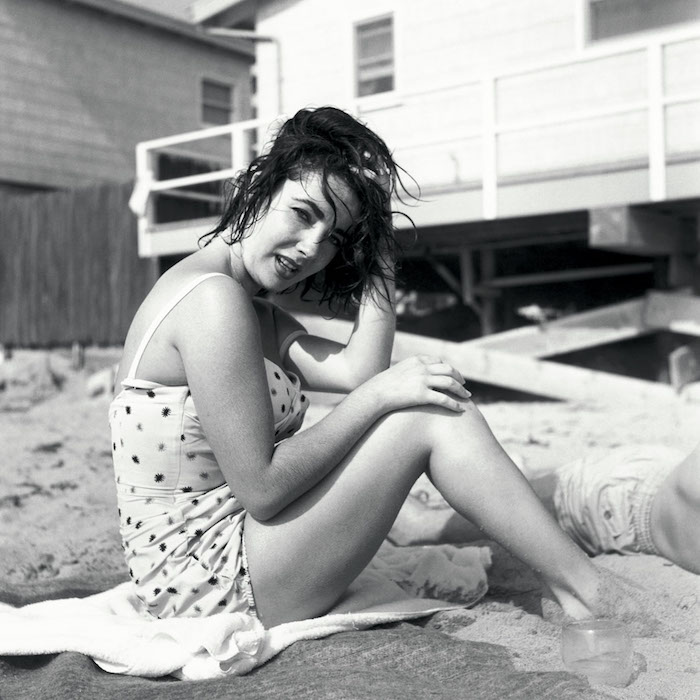
Elizabeth Taylor.
More fashionable beachwear, after the jump…














